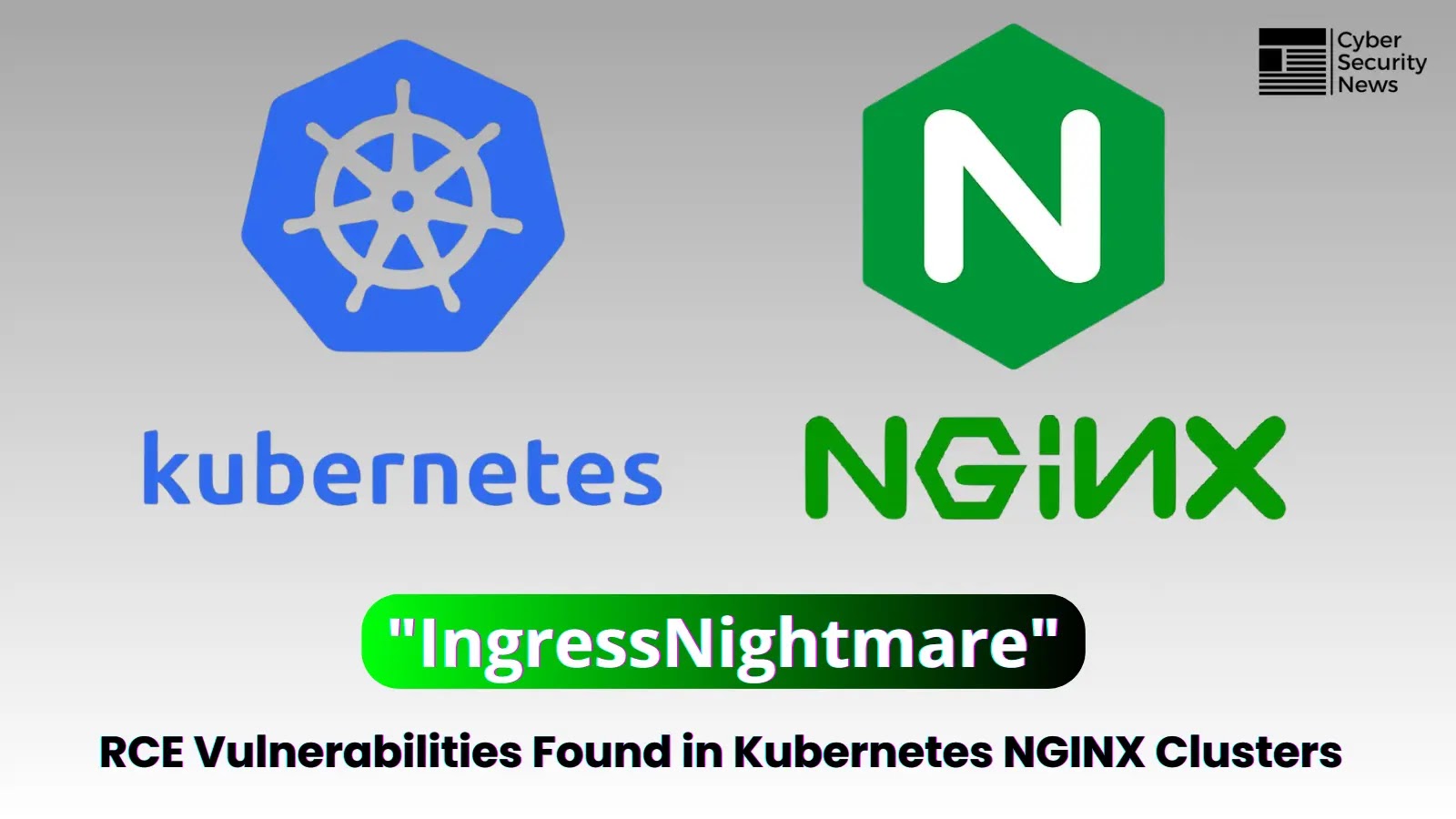

Overview of IngressNightmare Vulnerabilities
Recently identified, “IngressNightmare” is a label for a series of critical vulnerabilities within the Ingress NGINX Controller, exposing Kubernetes clusters to unauthenticated remote code execution (RCE). Despite Kubernetes leading the charge in container orchestration, its widespread use makes it a prime target for cyber threats.
Understanding Ingress within Kubernetes
Ingress in Kubernetes offers sophisticated traffic management, facilitating external access to internal services. It includes:
- Ingress Resources: These define specific routing rules based on hostnames, paths, among other criteria, usually in YAML format.
- Ingress Controllers: Tasked with implementing these rules, often employing reverse proxies or load balancers. The NGINX-based controller stands out with its robust deployment and strong community support.
Given its pivotal role and complex structure, any vulnerabilities exploited can offer attackers deep access into Kubernetes environments.
Detailing the Four Critical Vulnerabilities
These vulnerabilities, impacting versions prior to NGINX Controller v1.11.0, v1.11.0-v1.11.4, and v1.12.0, have triggered urgent patch releases in v1.11.5 and v1.12.1. They include:
- CVE-2025-1097 (Auth-tls-match-cn Annotation Injection): Allows attackers to bypass authentication via manipulated TLS verification.
- CVE-2025-1098 (Mirror UID Injection): Enables redirecting traffic or executing unauthorized actions within the cluster.
- CVE-2025-24514 (Auth-url Annotation Injection): Permits injection of malicious URLs that the controller will erroneously process.
- CVE-2025-1974 (NGINX Configuration Code Execution): The most severe, this allows unauthenticated RCE via exploited NGINX configuration tests.
The exploitation of these vulnerabilities can lead to complete cluster takeover, highlighting the critical need for immediate patches and vigilant security practices.
Exploring the Attack Mechanism
The “IngressNightmare” attack leverages these vulnerabilities in a staged approach:
- Discovery of exposed controllers using tools like Shodan.
- Creation of a malicious Ingress object with harmful NGINX directives embedded in annotations.
- Submission of this object via an unauthenticated AdmissionReview request to the webhook, thus exploiting the vulnerability.
Proactive Mitigation Strategies
To combat these threats, organizations must employ robust patching and security measures:
- Use commands like
kubectl get pods --all-namespaces --selector app.kubernetes.io/name=ingress-nginxto identify and patch vulnerable pods. - If immediate patching isn’t feasible, consider restricting webhook access with network policies or disabling it entirely.
- Regularly update DNS and SSL setups, check routing configurations, and scale resources appropriately to maintain optimal operational resilience.
Stay vigilant and proactive to shield your Kubernetes clusters from these sophisticated and potentially devastating attacks.
Stay Updated! Follow us on Google News, LinkedIn, and X for more insights.
Related: 90,000 Individuals Compromised in Major Ransomware Attack at Port of Seattle
Last Updated: April 5, 2025




